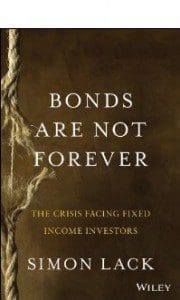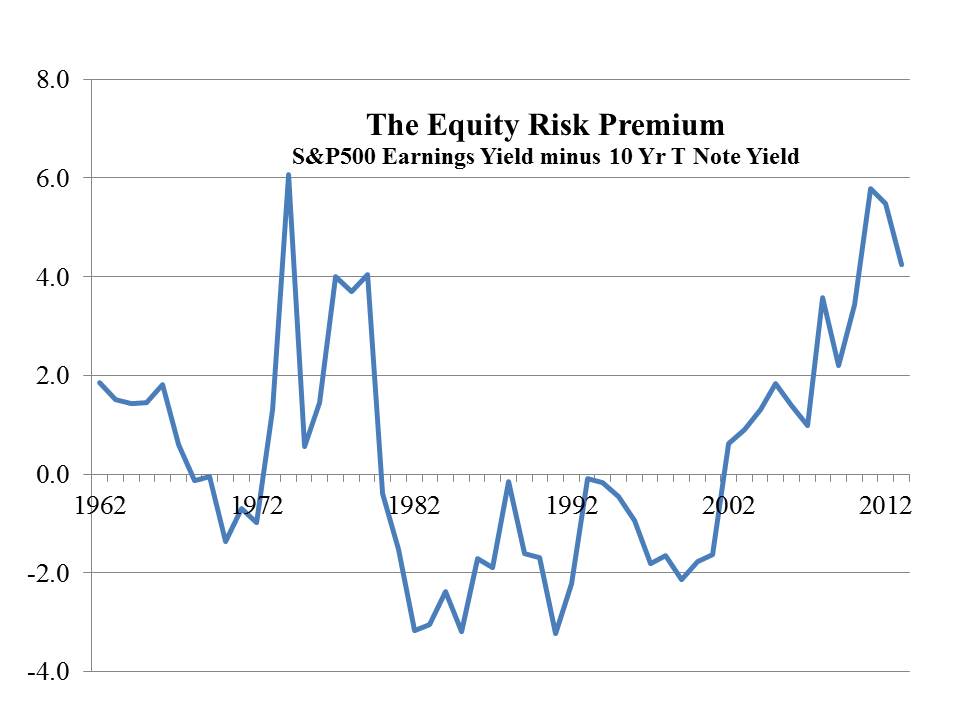Picking The Right MLP
Barron’s published a panel discussion on MLPs this past weekend. The panelists debate whether MLPs are still attractively valued or not and their sensitivity to rising rates. Although MLPs have been very strong this year, with our MLP Strategy +23% year-to-date, we continue to think that distribution yields of 5-6% and conservative growth prospects of 4-6% (implying a total return of 9-11%) make this a good asset class for the long term investor.
It’s important to pick the right names though as in any investment strategy. Because MLP investors are driven in part by the tax deferral treatment of the distributions, this is also not a sector that lends itself to much trading or switching out of names. Indeed, a well-managed MLP portfolio should be the most parsimonious user of brokerage services, because it should have minimal turnover. Selling an MLP typically triggers a taxable gain, and as time goes by the hurdle a new investment must clear in order to justify the tax bill incurred by selling an old one can become almost insurmountable. Earlier this year one friend suggested MLPs were due for a correction and noted a well-regarded MLP investment manager was selling. In our analysis we found that for some long-standing accounts it would have required that the cash thereby raised be reinvested at prices 20% lower simply to break even on the taxes incurred through selling in the first place. Meanwhile, the manager’s track record would not show the after-tax return. His clients could be worse off even while his track record looked as if timing had helped them. As it turned out though, this Spring correction was only around 2% so not worth the trouble.
Some MLPs offer very high but fluctuating yields. Petrologistics, LP (PDH) is an example. They convert propane into propylene, and so their earnings are highly sensitive to the price spread between the two. Their current distribution yields is 9.8%. Their 2011 S-1 registration statement warned of wide fluctuations in their distributions depending on business conditions. Their most recent 10K noted that, “We may not have sufficient available cash each quarter to enable us to pay any distributions to our common unitholders.”
It’s not just that LP investors are typically looking for stable yields and that PDH does not promise that. The additional challenge is that there are probably times to own PDH and times to be out of it. More frequent buying and selling reduces the amount of capital available for an investor to deploy because of taxes.
The Barron’s article mentioned other MLPs with more volatile business models, such as CVR Refining (CVRR). Refining can be a feast or famine business depending on margins which fluctuate widely. CVRR’s current distribution yield is an eye-catching 20%, although there’s clearly some doubt about its sustainability since management recently lowered its guidance.
There was also an interesting piece on Seeking Alpha this morning on StonMor Partners, LP (STON). STON is not in the energy business at all, but is in “deathcare”. They operate cemeteries and funeral homes. For historical reasons they operate as an MLP. The 9.6% distribution yield is attractive, although we’ve never invested because we found the financial structure overly complicated. Managing cemeteries is somewhat similar to running an insurance business, in that you get to invest the float. In STON’s case, people buy cemetery plots with cash and the maintenance costs of the cemetery are spread over many years.
The Seeking Alpha article notes the absence of much insider ownership or even institutional ownership, and asserts that distributions are persistently funded with issuance of debt, rather than out of profits. The writer believes a distribution cut is likely.
If any of these names mentioned above cut their distribution because of insufficient cash, as a friend of mine has said in the past, “Down’s a long way from here.”



